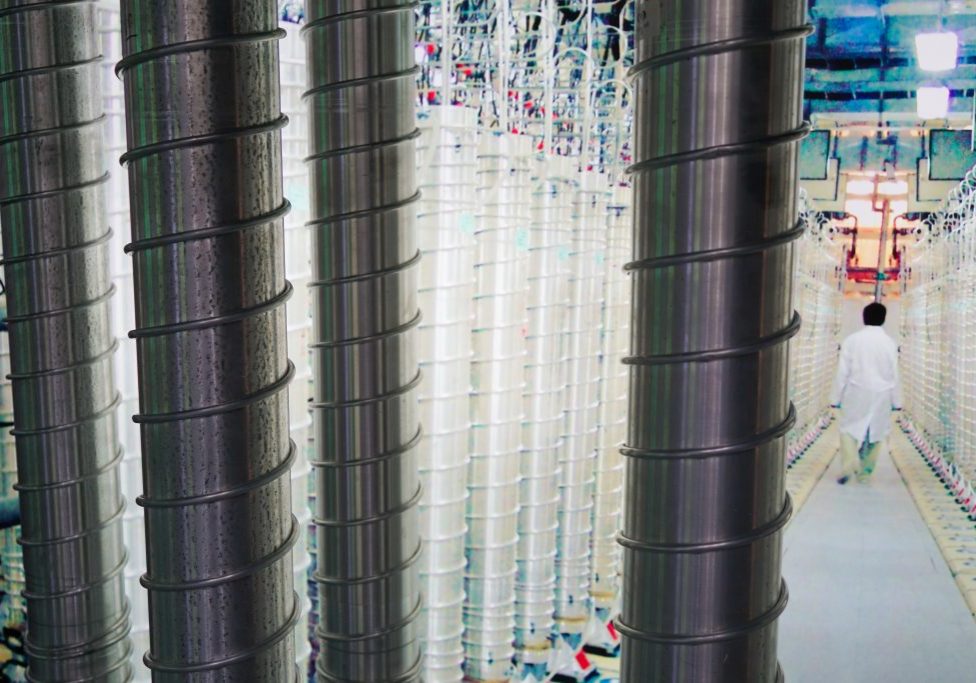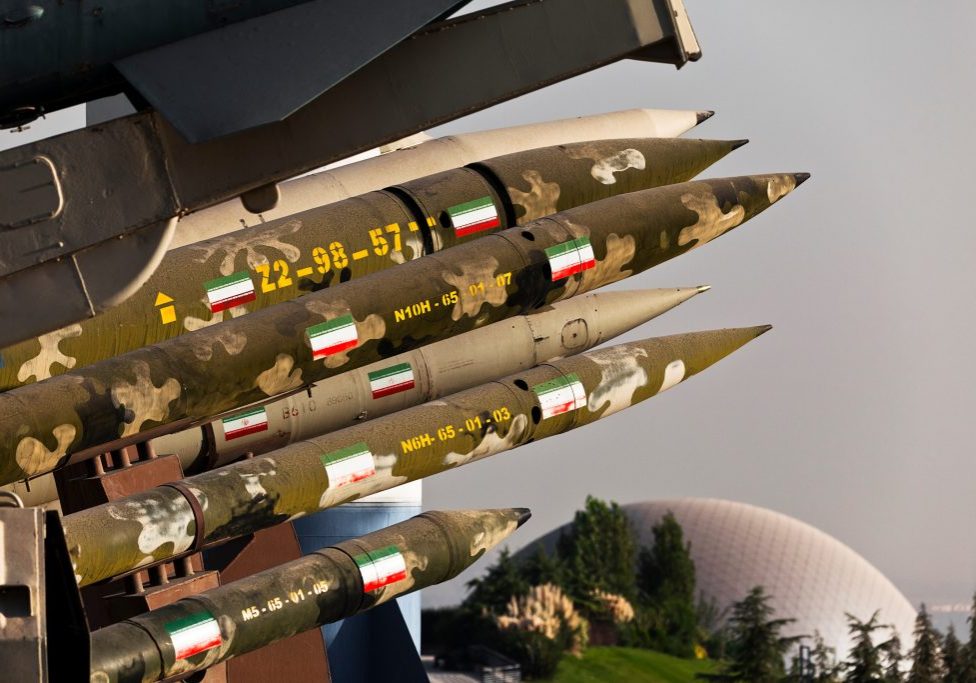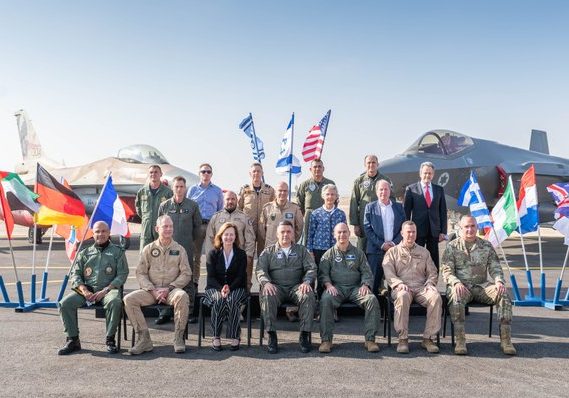Australia/Israel Review
Reaching Critical Mass
Jun 1, 2007 | Ephraim Asculai
By Ephraim Asculai
The facts concerning the status of Iran’s nuclear project are quite clear. Their implications are unequivocal. Yet there are those in the corridors of power who would lead us to believe that business is still as usual and that much can yet be done to reverse the situation.
On May 14, David E. Sanger reported in the New York Times that the International Atomic Energy Agency (IAEA) had carried out a short-notice inspection of Natanz, the site of Iran’s industrial-scale uranium enrichment program and that the inspectors found that “Iranian engineers were already using roughly 1,300 centrifuges and were producing fuel suitable for nuclear reactors.” He also reported that there were estimates that Iran could have 3,000 centrifuges operating by June 2007.
It is projected that 3,000 operating centrifuges can produce in a year a sufficient quantity of highly-enriched uranium (HEU) for one nuclear explosive device. At this point, the Iranian centrifuges are only producing reactor-grade, or low-enriched uranium (LEU). However, if Iran should break all the rules and decide to go for military-grade HEU, it could accomplish this within a few months, with very little technical change to its operating system.
Given the current realities, what would the timelines be? Some analysts continue to argue that there are still many obstacles that Iran has to overcome before it can acquire a consistent production capacity. In addition, there is also the point of view that it would be wiser for Iran to accumulate a large hoard of LEU and then convert it all to HEU in one fell swoop. This is technically possible, but it would be highly imprudent to base policy on these assumptions. The consequences of guessing wrong are too momentous to sustain this approach. Instead, it is the worst-case scenario that has to govern any decision-making. And the worst-case estimate, according to the above, is that Iran could have a sufficient quantity of HEU for a nuclear weapon as early as 2008 or 2009.
Iran does not need a full industrial-scale operation to achieve a nuclear capability and to suggest otherwise is highly misleading. Unfortunately, this is exactly what the Director-General of the IAEA has been doing. On May 16, the Telegraph [London] reported that the Director-General, Dr. ElBaradei, said “the West’s goal of halting the enrichment program had been ‘overtaken by events’. Iran had probably mastered this process and ‘the focus now should be to stop them from going to industrial scale production.’” This is precisely the wrong approach to take. Iran does not need an industrial-scale operation to go nuclear. All that would do is to speed-up the current rate of production.
Another fallacy that the IAEA has been promoting is that it is capable of verifying that Iran’s program is intended for “peaceful purposes” only. This assertion cannot be sustained on either methodological or technical grounds. For example, Iran can certainly proceed to produce enough LEU and then break the rules. There is no way that the IAEA can verify intentions, especially not with its present very limited inspection rights in Iran. On the other hand, the IAEA did find some evidence of the military ambitions of Iran and included this in its reports. Even then, however, the IAEA did not sound any alarm bells.
On a parallel plane, almost detached from the technical facts, the Security Council has been biding its time in taking action to rectify the situation by forcing Iran to accept suspension of its uranium enrichment program. Security Council action was delayed for a long time because the IAEA refrained from referring the issue to the Council for years after it should have. And it then took the Council many months to agree on an action resolution, mandating sanctions on Iran, should the latter not reverse its course. At that point, the sanctions were too little and perhaps already too late. Nor did a second resolution rectify the situation. While there were optimistic estimates that the sanctions were working, this point of view was not supported by Iranian deeds, and enrichment goes on. The plain fact of the matter is that unless Iran incurs serious costs, it will not abandon its nuclear ambitions. Moreover, as time goes by and Iran progresses, it will have less and less reason to abandon its ambitions, and more reasons to intensify its efforts and shorten its timetables.
In order to take really painful sanctions against Iran, the Security Council must be convinced that the situation warrants this. Russia and China are still adamantly opposed to very strong sanctions. Even the European Union is not totally convinced that strong action must be taken, since it estimates that diplomatic negotiations could still win the day. There are also states that repeat the mantra about Iran’s “inalienable right” to enrich uranium. This right is preserved only to the extent that Iran obeys all the rules and fulfils all its obligations. Iran clearly did not do so and was indicted by the IAEA for this. If the Security Council will not take the necessary strong action against Iran, the burden of stopping Iran will fall to others. And as the latest report implies, time is running short.
Thus far, a major obstacle in the path to effective action has been the reluctance of the IAEA to issue official estimates based on facts and not guesses and to refrain from allowing political considerations to distort its conclusions. In other words, it is high time for the IAEA to wake up and sound the alarm.
![]()
Dr. Efraim Asculai, a fellow at Tel Aviv University’s Jaffee Centre for Strategic Studies, is Israel’s leading scholar on the proliferation and control of weapons of mass destruction in the Middle East. He worked for the Israel Atomic Energy Commission for over 40 years and also served on the International Atomic Energy Agency in Vienna. Reprinted by permission from INSS Insight, published by Israel’s Institute for National Security Studies (INSS), all rights reserved. © INSS.
Tags: International Security






